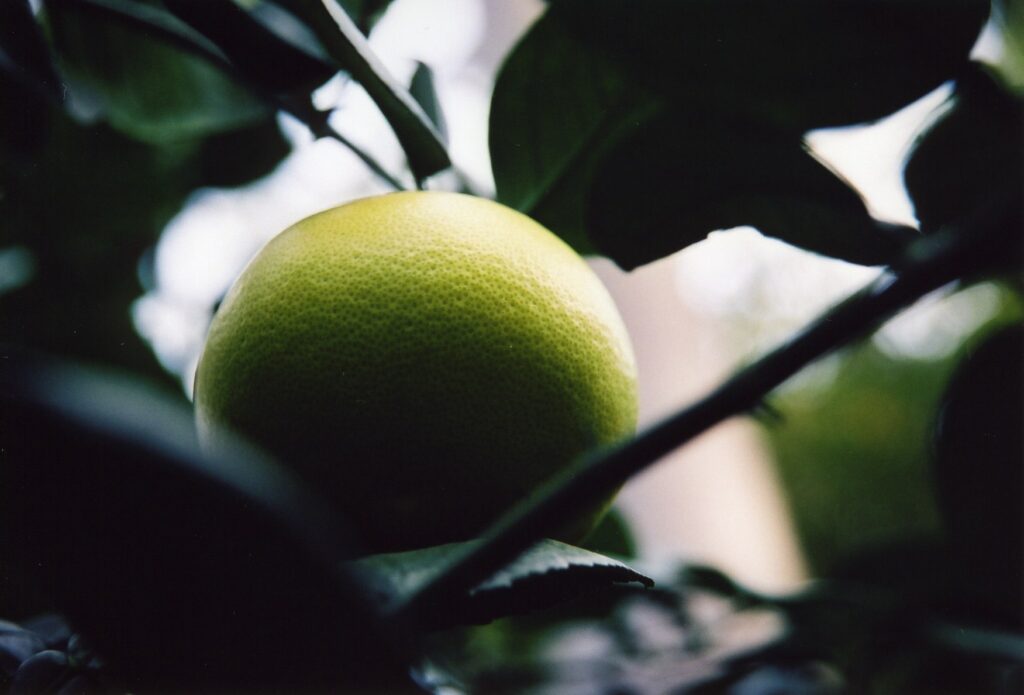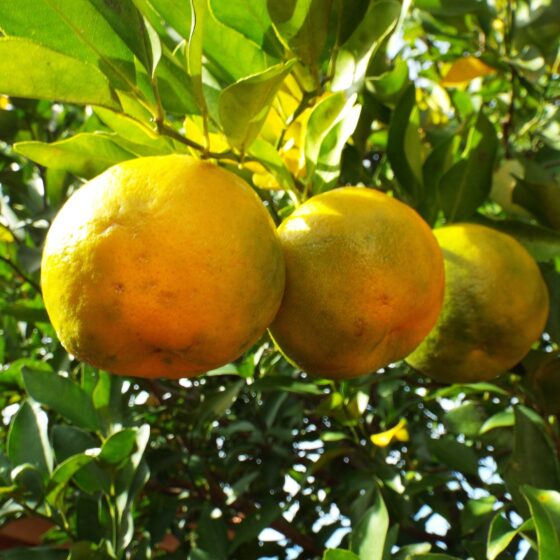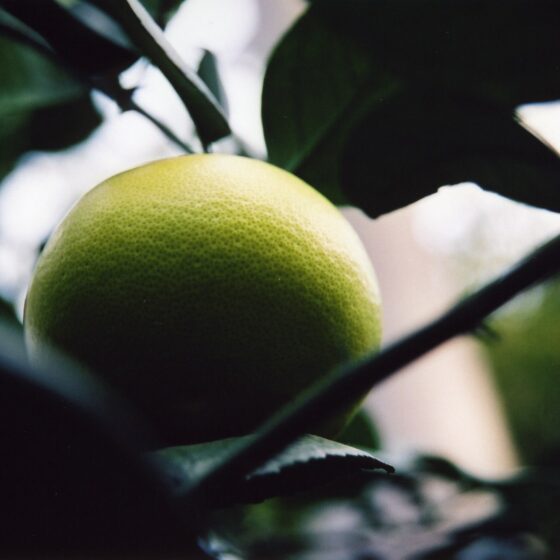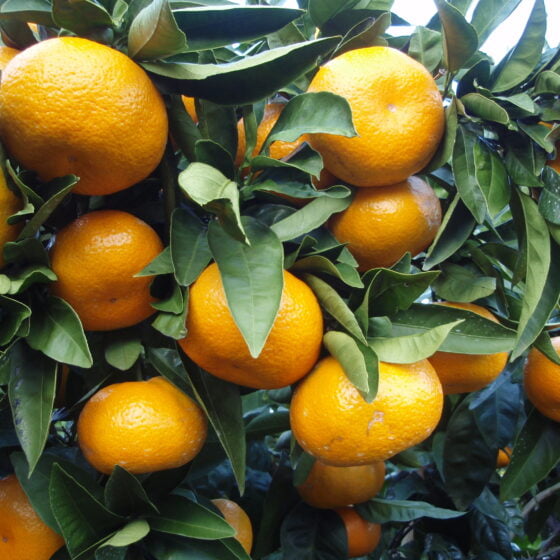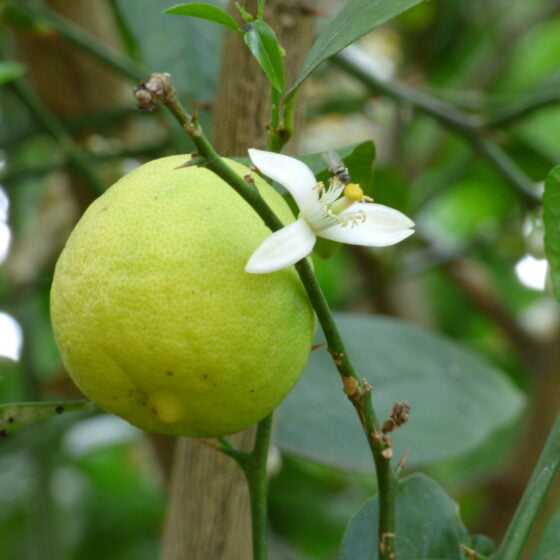
Grapefruit United States
Citrus paradisii
General data
Harvest Calendar
- J
- F
- M
- A
- M
- J
- J
- A
- S
- O
- N
- D
Product details Fragrance side
Often found in Colognes, grapefruit essential oil blooms with vetyver notes or as an accompaniment to floral notes to give them a natural aldehydic freshness.
Well-being side
Airborne antiseptic and skin astringent. Helps to move things along, move forward when you feel tired, depressed or stuck.
*The aromatherapy properties in this document are excerpted from reference books, scientific articles, or specialized websites and are provided to customer for its information and internal use only. Claims on a finished product remain the responsibility of the company making the finished product available on the market. About
The grapefruit is a small, subtropical tree of the citrus family. Though its botanical origins are uncertain, it seems to be a hybrid of the pomelo (Citrus grandis) and sweet orange (Citrus sinensis). The grapefruit is believed to have been crossbred and cultivated by botanist Hughes in 1750 in Barbados, thus taking the name “Barbados grapefruit.” The grapefruit tree is an evergreen tree with glossy leaves and delicately scented, white flowers that give way to large, golden fruit. The peel of the grapefruit is bursting with small glands filled with essential oil. The outer pericarp is thus cold-pressed to release the aromatic components. The resulting essential oil is zesty, fresh, and bitter, with the characteristic smell of citrus.
The world’s largest grapefruit producer is now the State of Florida in the United States. The mild, humid climate found on the shores of the Gulf of Mexico is ideal for cultivating this tree. The harvest period is approximately the same as that of oranges and ends in June. A second crop harvest sometimes takes place when weather conditions have been favorable.
Fragrance side
Often found in Colognes, grapefruit essential oil blooms with vetyver notes or as an accompaniment to floral notes to give them a natural aldehydic freshness.
Well-being side
Airborne antiseptic and skin astringent. Helps to move things along, move forward when you feel tired, depressed or stuck.
About
The grapefruit is a small, subtropical tree of the citrus family. Though its botanical origins are uncertain, it seems to be a hybrid of the pomelo (Citrus grandis) and sweet orange (Citrus sinensis). The grapefruit is believed to have been crossbred and cultivated by botanist Hughes in 1750 in Barbados, thus taking the name “Barbados grapefruit.” The grapefruit tree is an evergreen tree with glossy leaves and delicately scented, white flowers that give way to large, golden fruit. The peel of the grapefruit is bursting with small glands filled with essential oil. The outer pericarp is thus cold-pressed to release the aromatic components. The resulting essential oil is zesty, fresh, and bitter, with the characteristic smell of citrus.
The world’s largest grapefruit producer is now the State of Florida in the United States. The mild, humid climate found on the shores of the Gulf of Mexico is ideal for cultivating this tree. The harvest period is approximately the same as that of oranges and ends in June. A second crop harvest sometimes takes place when weather conditions have been favorable.
Other type of extracts
(Citrus)
